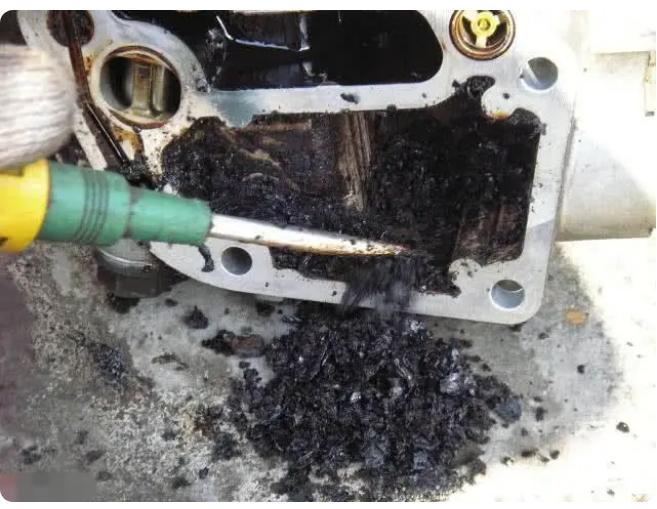
What kind of thing is carbon deposition?
Carbon deposition includes two concepts:
The first concept is the carbon deposition of the engine: a charred substance produced by unsaturated olefins and resins in the fuel at high temperatures during the engine’s operation.
The second concept is carbon deposition in electric discharge machining, which should be avoided as much as possible, especially in precision mold machining, which can have a fatal impact.
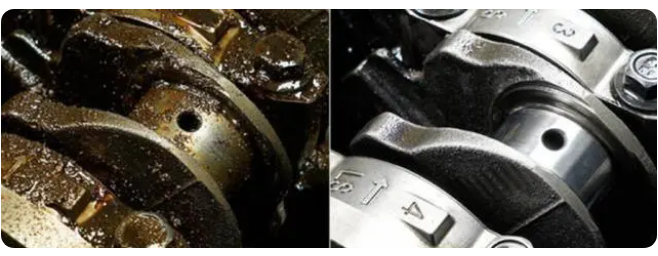
When it comes to the location of carbon deposits, it depends on different engines. Firstly, there is a multi-point electronic injection engine. The fuel injection nozzle of the multi-point electronic injection engine is installed in the intake duct, and gasoline is injected into the intake port, which is then sucked into the cylinder by the piston. So carbon accumulation mainly accumulates in positions such as fuel injectors, intake valves, cylinders, exhaust valves, and exhaust ducts!
However, most car models now use in cylinder direct injection engines, where the fuel injection nozzle is directly installed in the cylinder, resulting in relatively less carbon buildup on the intake valve. Carbon buildup mainly exists in the cylinder, fuel injection nozzle, exhaust valve, and exhaust pipe.

What conditions can easily accelerate the formation of carbon deposits?
1. Low speed shift position
Many car owners like to shift gears at low speeds after driving for a long time, but they are unaware that doing so can easily cause carbon buildup. Take the model with manual transmission as an example.
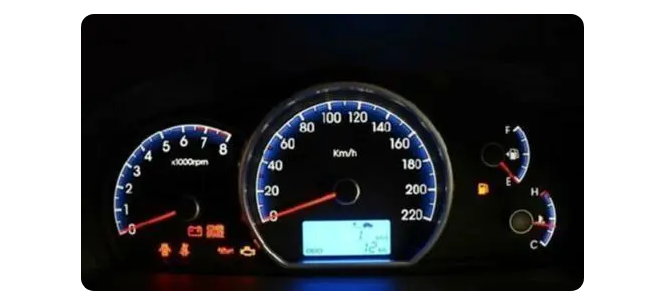
The correct approach is to increase the speed before shifting, which not only saves fuel but also reduces the generation of carbon deposits, thereby avoiding the knock phenomenon caused by low speed.
2. Aging or damage of the engine’s carburetor
The engine is at the heart of a car, so the carburetor is definitely at the heart of the engine. Whether gasoline can fully burn in the engine mainly depends on whether the carburetor can atomize the gasoline into small molecules.
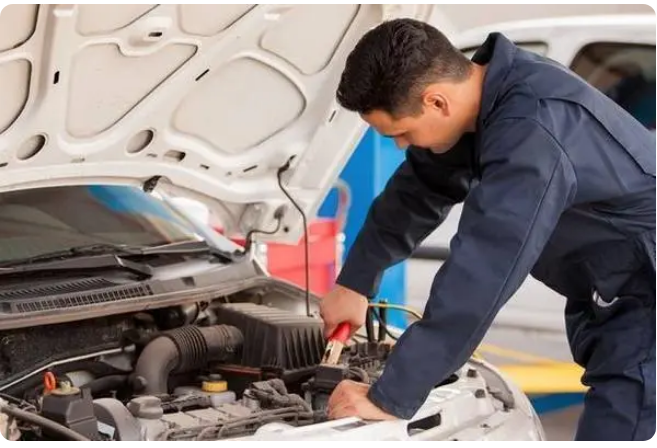
If the carburetor ages or malfunctions, it can cause gasoline to enter the engine for combustion without sufficient atomization, which can lead to the formation of carbon deposits.
3. Long term overheating, ignition parking
Some car owners may have the habit of overheating or parking with ignition for a long time. If the engine remains stationary for a long time and operates normally, this situation can also lead to the formation of carbon deposits.
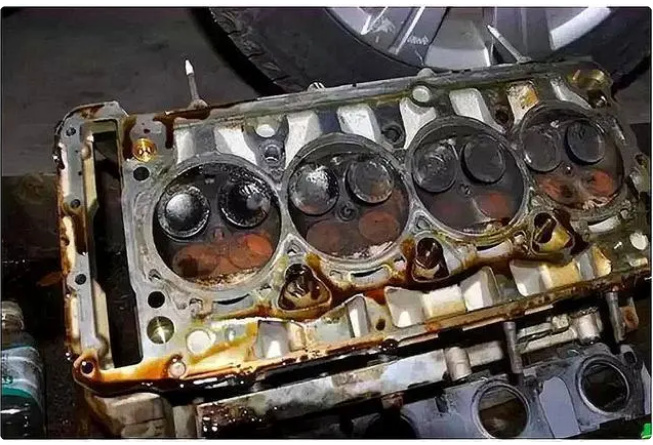
4. The engine is idle for a long time
The urban roads are quite congested, and there are many stops and idle times when driving. When idling, the engine’s power output is very low, and it is also unable to fully burn gasoline, which can increase carbon deposition.


